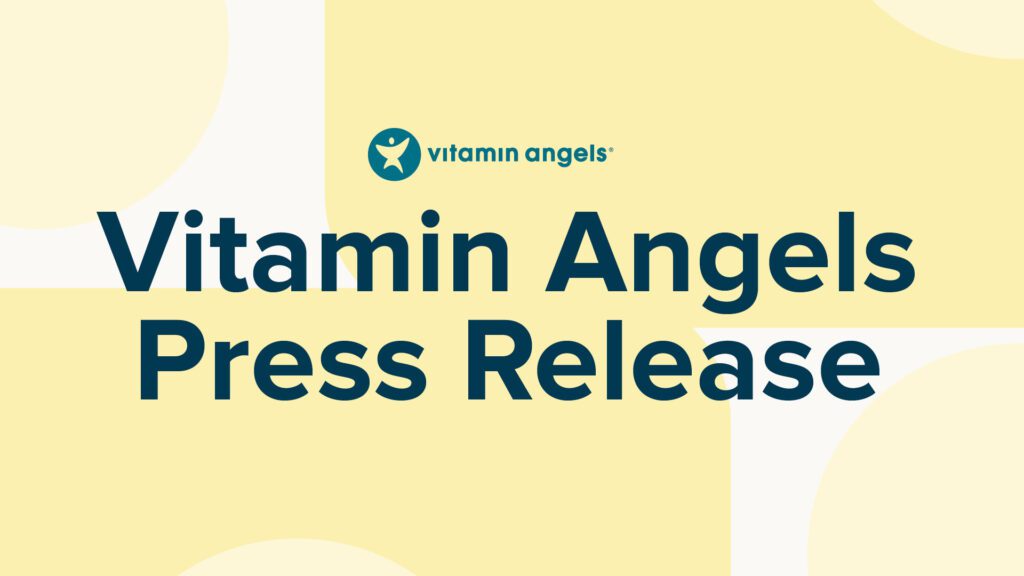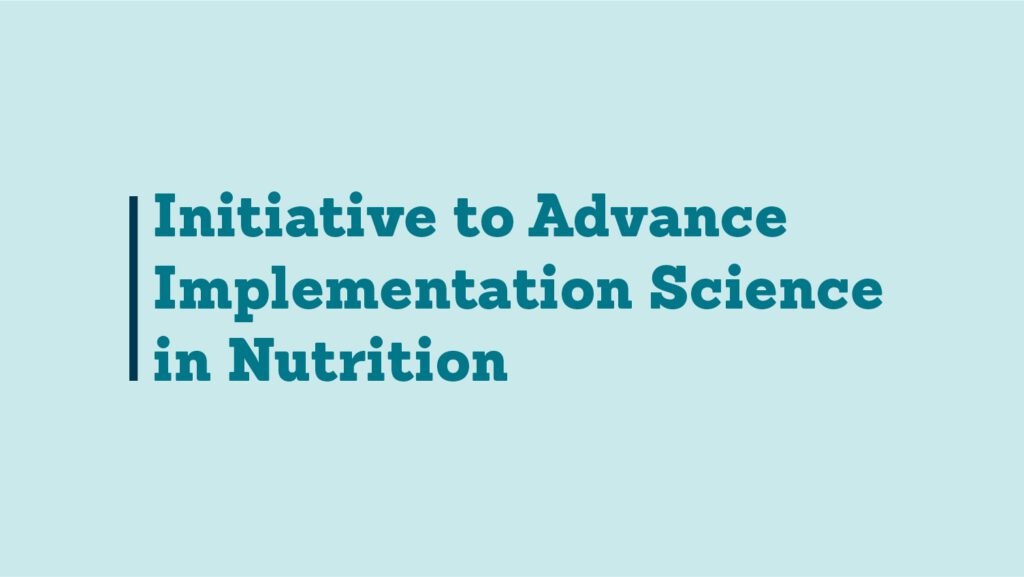Newsroom
Category
Media Contact
This email address is monitored from 9am to 6pm ET.
Get the Latest Vitamin Angels News in Your Inbox
Follow us on social
Our Experts

Howard B. Schiffer
CEO / President / Director / Executive Committee

Kristen M. Hurley, PhD, MPH
Chief Nutrition Officer

Shannon King, PhD, MSPH
Implementation Science Manager
Please reach out to press@vitaminangels.org to request an interview.



